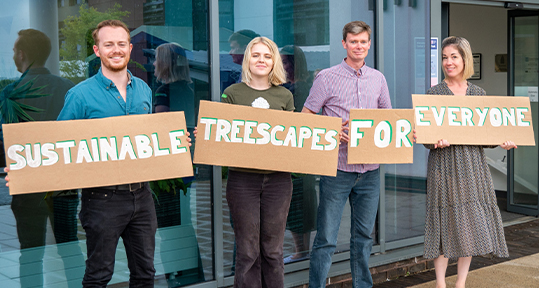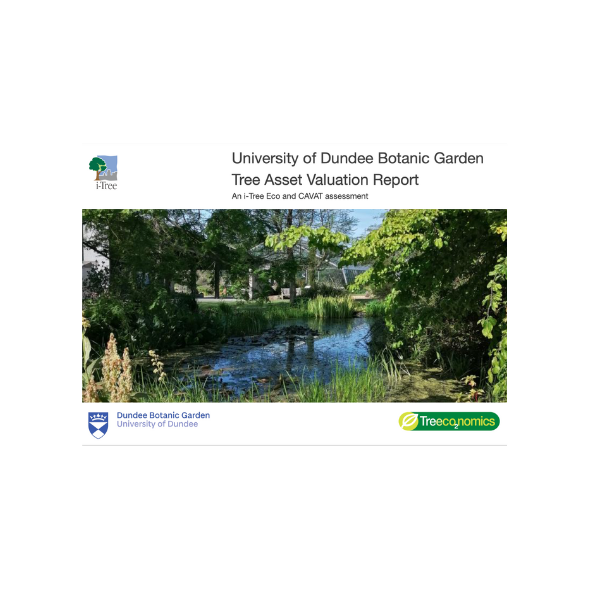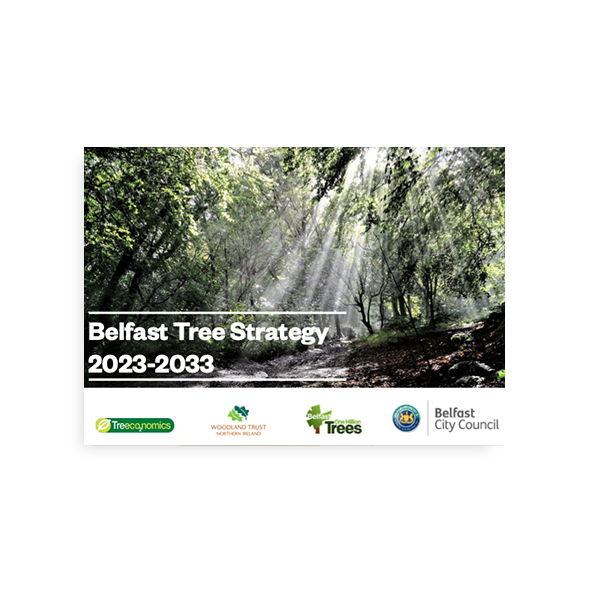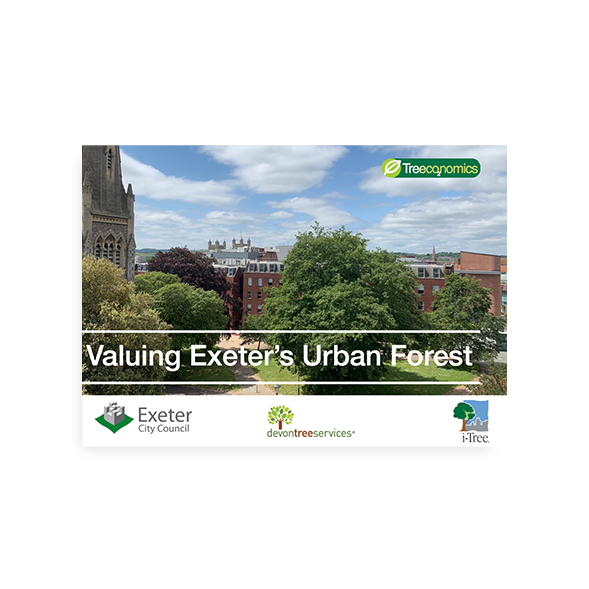This study estimates tree canopy cover in Oxford using aerial imagery and a random point technique using the i-Tree Canopy software tool. Estimates of canopy cover for each ward, as well as the city total were calculated. The results provide a snapshot of current tree canopy cover and a baseline for comparison with future surveys. Classifications were made for overall tree canopy cover and where no tree canopy cover was present other key land use categories were defined. The classification of 7939 random points across the city estimated Oxford to have over 21 percent of canopy cover (trees, woodland, shrubs) and over 48 percent green cover (areas including grass etc).
This estimate provides a baseline for tree canopy cover of 21.4 percent with 95 percent confidence intervals. Using aerial images is just one method to estimate tree canopy cover. Importantly, the i-Tree Canopy method used in this study is low cost and easily repeatable. Following this study it is recommended that Oxford repeats and monitors aerial image analysis of canopy cover on a 5-10 year basis across Oxford and within its wards. We also recommend that Oxford work towards obtaining, drawing or calculating more detailed canopy cover maps that can be used within a GIS system to observe other trends and patterns.
Oxford compares favourably with other towns and cities (see table 1 below) that have completed canopy surveys, although urban tree cover in the UK is generally lower than that found in continental Europe and the US.






